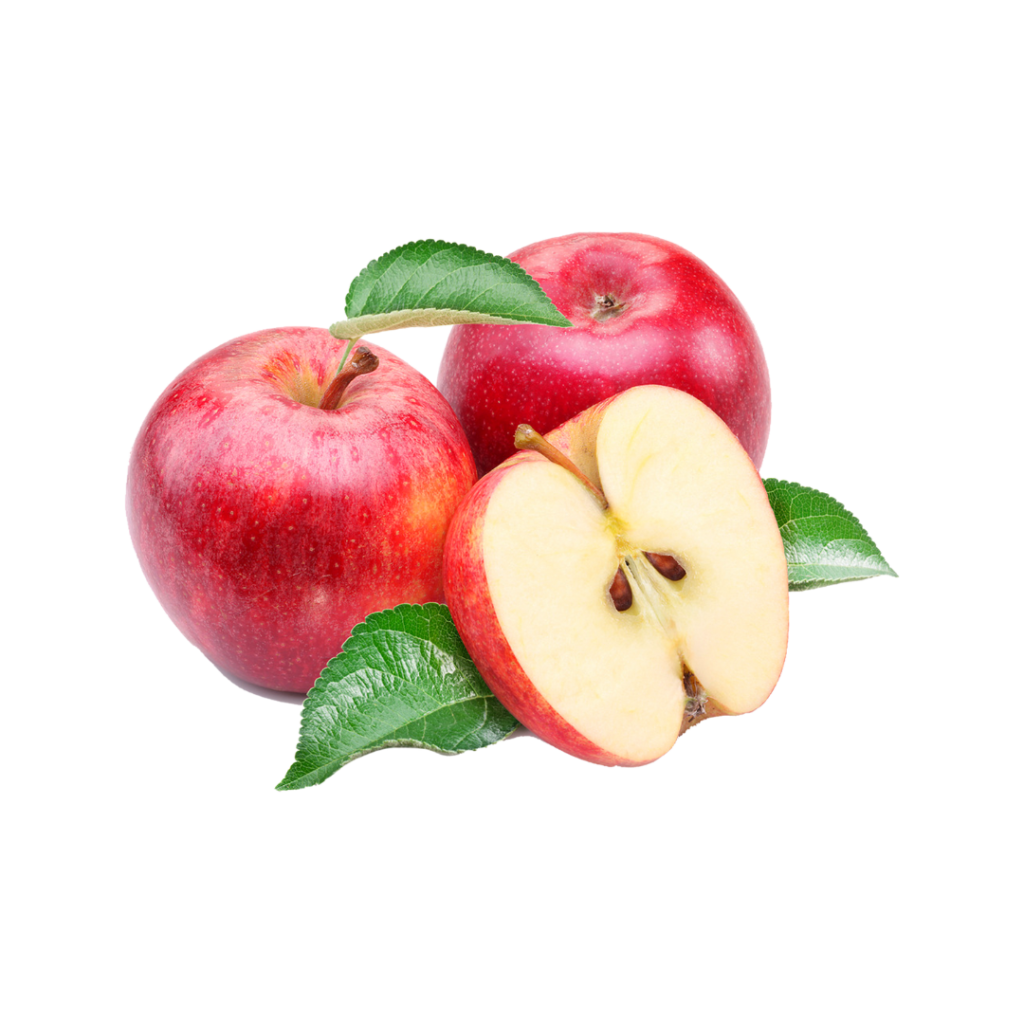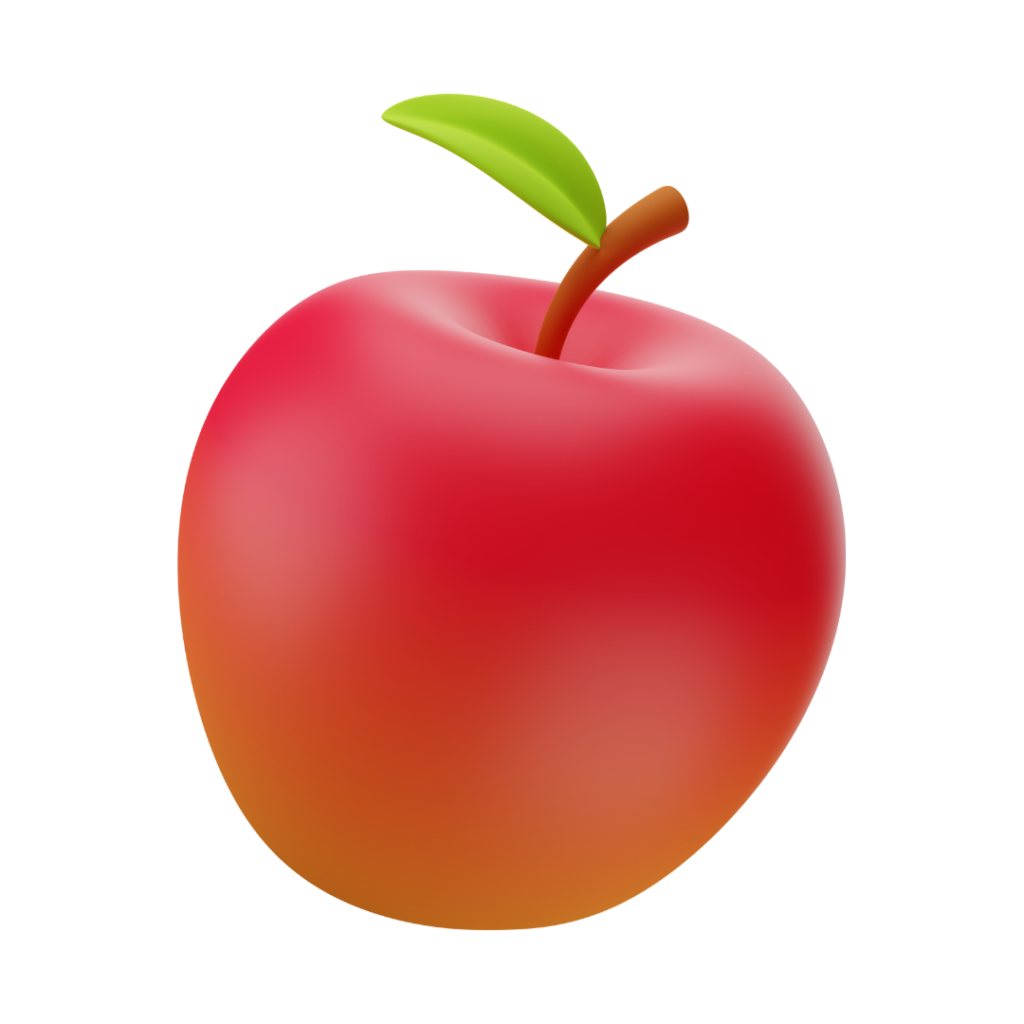Agriculture Glossary
Rain Forests
Rain forests are dense forests located in regions that receive at least 80 inches of rainfall annually.
Rhizobium Bacteria
Rhizobium bacteria live in nodules on the roots of leguminous plants and convert atmospheric nitrogen into forms usable by plants, a process known as nitrogen fixation.
Rhizome
A rhizome is an underground stem that roots at the nodes and grows upward at the tip, also referred to as a rootstock.
Roaster Birds
Roaster birds are young meat birds aged 12 to 16 weeks, weighing between 4 to 6 pounds, typically used for pan roasting.
Roasting Pig
A roasting pig is a milk-fed pig that weighs between 60 and 100 pounds.
Rooster
A rooster is a mature male chicken.
Roughage
Roughage consists of feed high in fiber and low in total digestible nutrients, such as hay and silage. It includes the entire forage plant—stalk, stem, leaf, and seed if mature.
Ruminants
Ruminants are animals with a four-compartment stomach (rumen, reticulum, omasum, and abomasum), making their digestive process more complex than animals with a single-compartment stomach like pigs. Common ruminants include cattle, sheep, and goats.
Ram (or Buck)
A ram, also known as a buck, is a male sheep of any age.
Rangeland
Rangeland is a vast open area where livestock roam and graze, predominantly featuring grasses, forbs, and shrubs.
Relative Humidity
Relative humidity is the ratio of the current amount of water vapor in the air to the amount needed for saturation at the same temperature.
Riparian Zones
Riparian zones are areas along the banks of rivers, streams, or lakes.
Crop Rotation
Crop rotation involves growing different crops in a recurring sequence on the same land to maintain soil fertility and health.
Row Crops
Row crops are planted in rows spaced widely enough to allow machinery to operate between them for various farming operations.
Rabi Season
The Rabi season, from October to April, is when winter crops like wheat, barley, mustard, gram, and linseed are cultivated.
Rainfed Farming
Rainfed farming relies entirely on rainfall for crop growth, without the use of irrigation.
Relay Cropping
Relay cropping involves planting the next crop before harvesting the standing crop, similar to a relay race where one crop passes the baton (land) to the next.
Retting
Retting is the process of soaking fibrous plant materials like flax, hemp, or jute in water to separate the fibers from the stalk for further processing.
Rhizome Characteristics
Rhizomes are horizontal, slender, underground root-like stems capable of sending out roots and shoots.
Rangeland Utilization
Rangeland provides vegetation for grazing animals.
Reclamation
Reclamation involves restoring natural areas damaged by human activities, such as strip mining.
Recycling
Recycling entails reusing scarce raw materials like paper, glass, and metals.
Red Tides
Red tides are sudden increases in red algae along seacoasts, often due to human activities that disrupt nutrient cycles.
Reforestation
Reforestation is the process of replanting forests.
Renewable Resources
Renewable resources are natural resources that are considered inexhaustible, such as solar and wind energy.
Resource Depletion
Resource depletion occurs when resources are used at a rate that exceeds their natural replacement.
Resources
Resources are materials obtained from the biosphere to meet human needs and wants.
Runoff
Runoff is the portion of irrigation or precipitation that flows over land into surface water bodies, often carrying pollutants.
Horticulture Glossary
Drought-Resistant Crops
Cultivating crops like ber, custard apple, amla, and mango that require less water.


